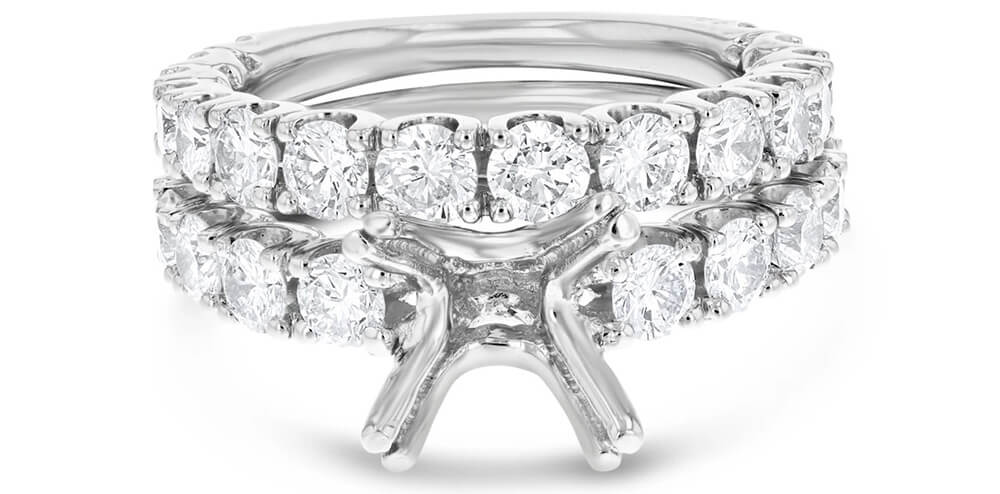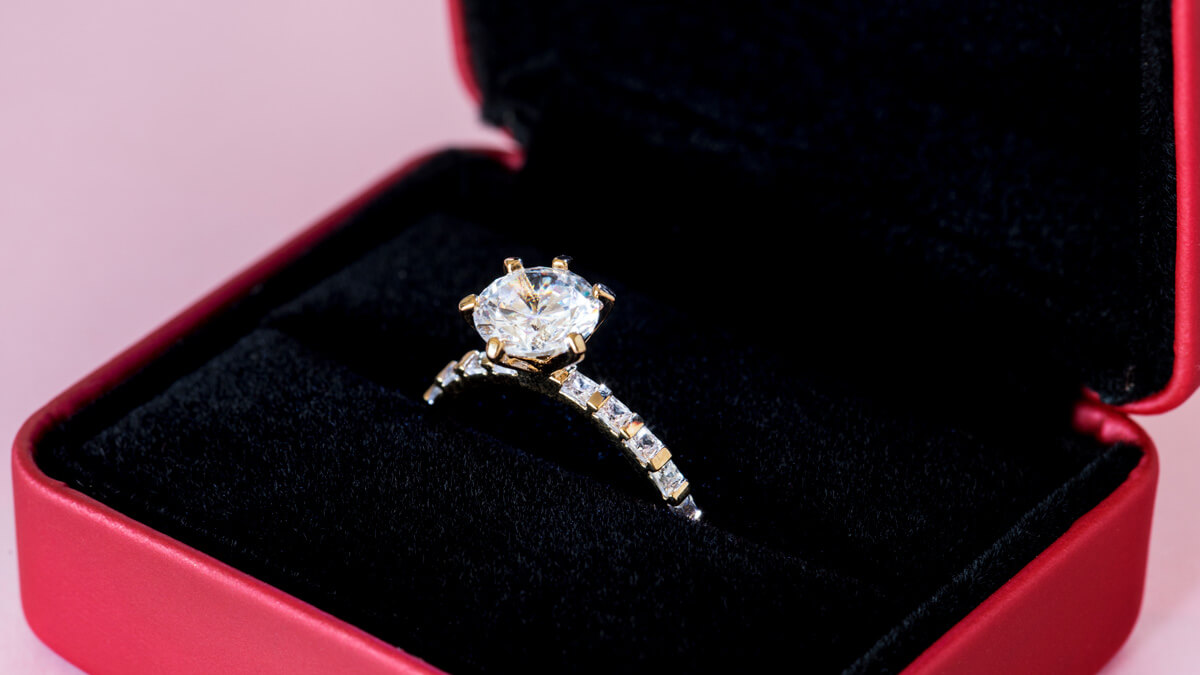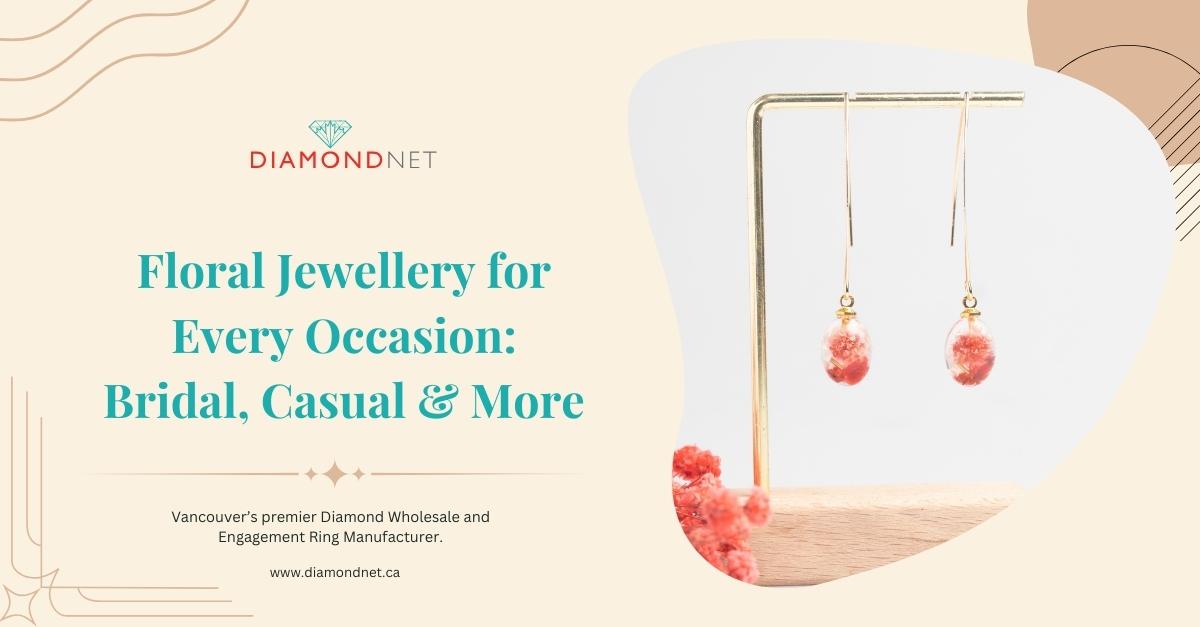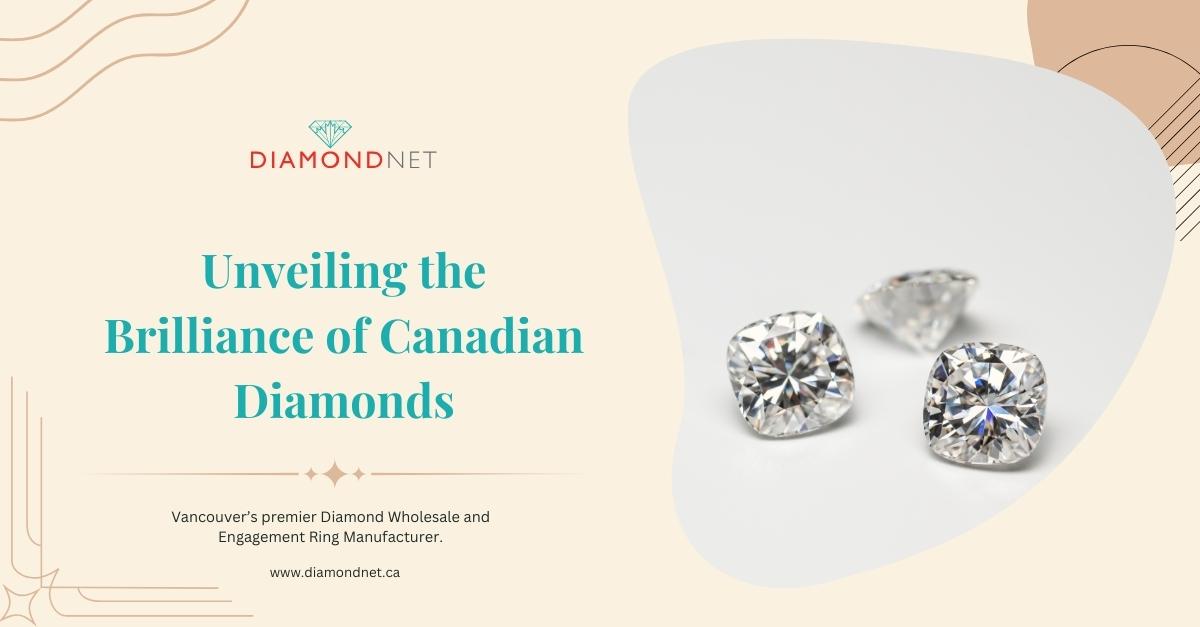Diamonds and gemstone accents can be set in many different ways, each with a different intention and style. When setting the ring, jewelers can use one or combination of the following techniques. Each has been improved over time to ensure the safety and presentation of the stone.
Micropavé set
Accent diamonds are set close together and held together with small beads of metal. This draws attention to the diamonds and their sparkle, minimizing the appearance of the metal. Jewelers need to be precise to set stones with this technique; lasers are often used to produce a flawless result. A pavé set is a perfect choice for someone with an elegant, timeless style.
French Pavé diamond ring set
This setting is similar to the pavé setting, using small, V-shaped cutouts under every diamond as an additional design element. This allows for more light to hit the diamond as there is less metal visible on the ring. With this style of pavé ring, the effect is one of continuous sparkle.
Scalloped Pavé, a diamond ring set
In this pavé setting style, the metal beads holding the accent diamonds have U-shaped cutouts underneath to reduce the look of metal. This is a less common pavé for engagement rings.

Scalloped pave diamond ring setting
Channel diamond set
Channel-set diamonds are held evenly between two borders, giving the ring the appearance of floating diamonds without the intrusion of metal prongs. This elegant look is commonly seen among traditional engagement rings, particularly princess-cut and round accent diamonds. Channel settings provide continuous sparkle all the way around the band without the risk of snagging.
Bar setting for gemstones
A bar setting holds diamond accents in place with bars of metal on either side. While bar settings are similar to channel settings, they leave the diamond exposed on two sides. This secure setting style is typically used for baguette-style diamonds for three-stone ring styles or eternity bands. The security of the bar design makes it a good choice for multiple diamonds or gemstones.
Shared Prong setting
This style sets accent stones within a band in which each pair of stones are held by the same prong. Shared prong settings are typically used for diamonds that are larger than those in both pavé and channel settings. Minimizing metal elements ensures that light hits the diamonds, allow them to fully sparkle. It also creates a tighter, more balanced look.
Bezel diamond ring setting
This setting style encloses diamonds within a border, holding the stones securely in place and adding an attractive design element. Bezel-set rings are common for both men and women and offer a classic appeal.
Flush setting for diamond engagement ring
A flush-set diamond is enclosed completely by metal. The diamond is set into a drilled hole in the band, so the diamond sits “flush” with the band of the ring. Only the top of the stone is visible creating a smooth surface. This setting style is often used within wedding bands and smaller accent diamonds. Flush settings are very secure, but because only the tops of the diamond or diamonds are visible. Keep in mind however that sparkle is somewhat lower than other setting styles.
So, you’ve had a rundown of the different engagement ring accent styles. Now how do you choose among latest engagement ring designs? Do you dig the look of smaller accent diamonds with less metal? If so, consider the pavé styles. If you prefer a more even dispersal of metal and stones, the channel (or flush) setting will enable you to show off the shimmer of the diamonds alongside the metal. If you’re fond of a subtle look with an encased diamond, a bezel setting will be the most suited.



